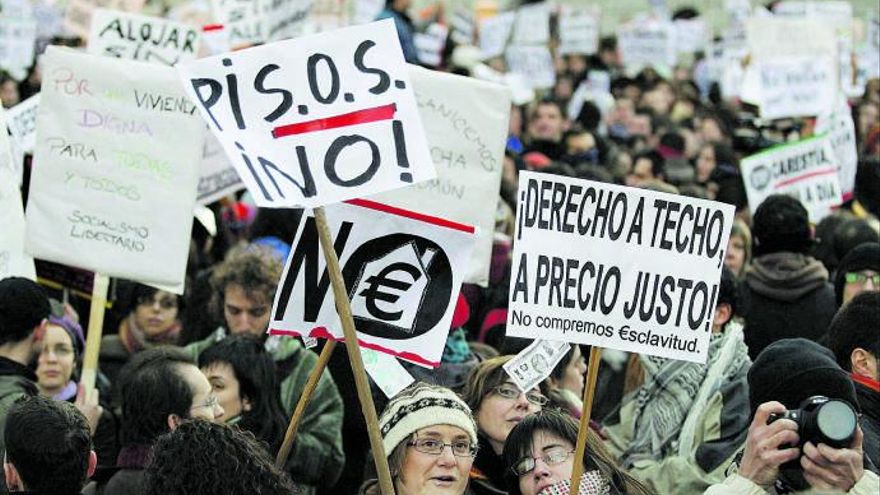The latest edition of the ‘Anuari de la Joventut’ (Youth Yearbook) contains alarming statistics that paint a very complicated picture of life on the Balearic Islands for young people. Balears was the autonomous community in Spain where the rate of youth emancipation fell the most during the pandemic year, which means that housing is becoming increasingly expensive and complicated for young people and those who have suffered the most from the pandemic’s consequences. “Since 2017, that rate has been steadily decreasing,” explain the authors of this publication, which was presented to Parliament yesterday. “In 2010, we were significantly above the state average, and now we are very close, which means that the islands experienced the greatest decline in the rate of youth emancipation,” explained Fina Santiago, Councillor for Social Affairs and Youth.
By 2020, 17.6 percent of the archipelago’s young people would be living independently of their families. “It is the second highest figure in Spain,” Belén Pascual, the Anuari’s coordinator, explains. Catalonia is ahead. It is worth noting that this figure is not to be celebrated because it is edging closer to the state average, whereas a decade ago Balears took off and left the Spanish average behind. If the data are reversed, 82.4 percent of Balearic children under the age of 30 live with their parents.
41.6 percent of Balearic youth who are emancipated (17 percent of the total population between the ages of 18 and 29) have a higher education (in Spain, university graduates account for only 28.4 percent of the total emancipated).
To gain a better understanding of these emancipation figures, it is necessary to compare them to data on housing access. “The Balearic Islands is one of the autonomous communities where access to housing is most challenging for the young population,” Pascual highlights. “The archipelago was the most expensive place in Spain to buy a home for young people aged 16 to 34, and the second most expensive place to rent after Catalonia,” he says. “It’s nearly impossible for a young person to pay for a house on their own,” he explains.
Additionally, the Anuari contains some interesting statistics, such as the fact that young Balearics must contribute 111.2 percent of their salary to cover the average rent. “It’s a lot, but we have to keep in mind that the context in 2020 was one of significant wage declines,” he says. These figures necessarily require the sharing of a flat.
Last year, the number of young people who were able to purchase a home through a mortgage loan increased significantly: 25% of all young people in the Balearic Islands, or one in four, emancipated. A surprising fact, but one that Pascual readily accepts. “A group of young people took advantage of mortgage benefits available in 2020 to take the plunge and purchase a flat, aided by family support or personal savings. What emerges from this situation is a dichotomy or chasm between a young population that is increasingly excluded from the housing market and a minority that enjoys comfortable economic security, frequently as a result of familial support”, he argues.
For the full article, please visit Diario de Ibiza website here.

